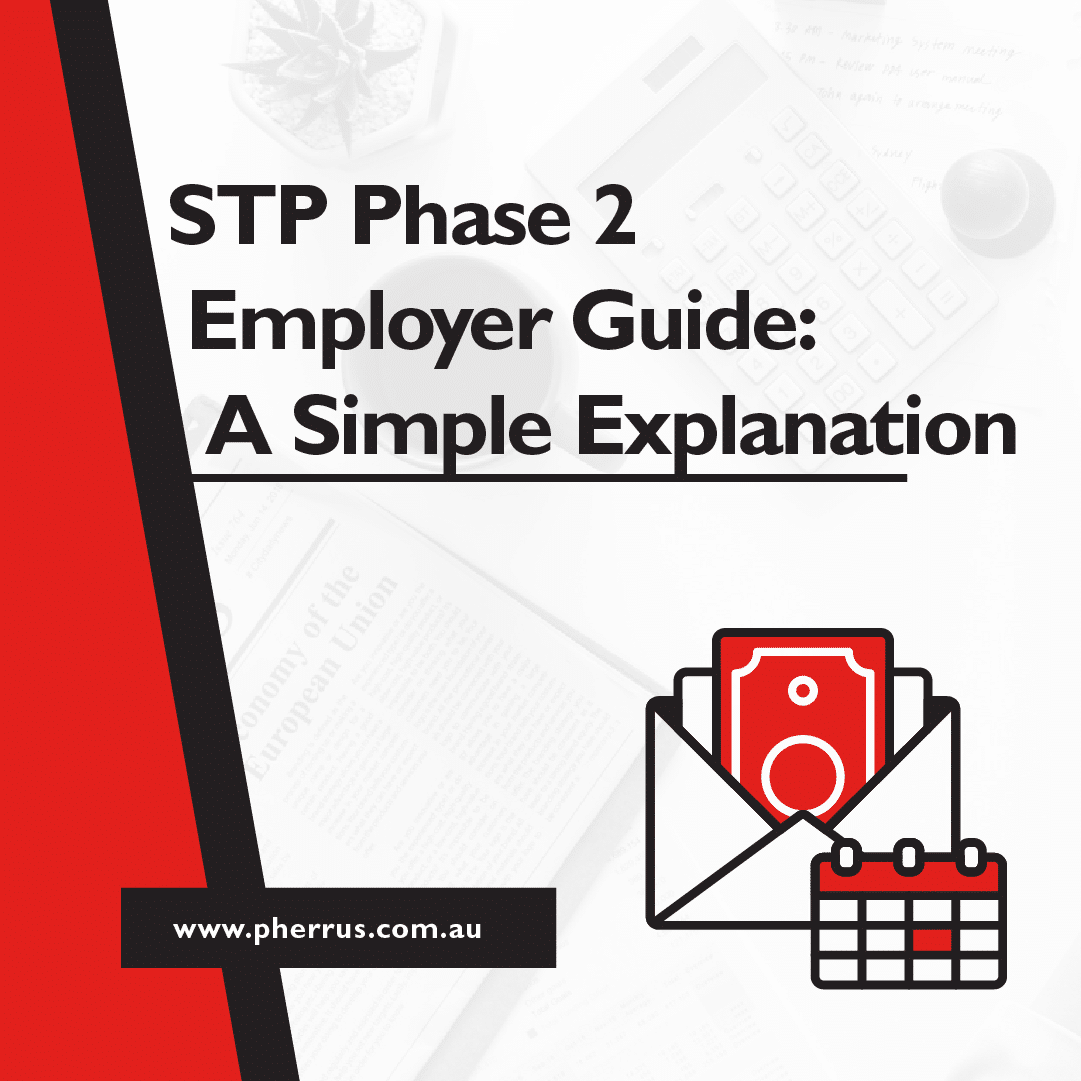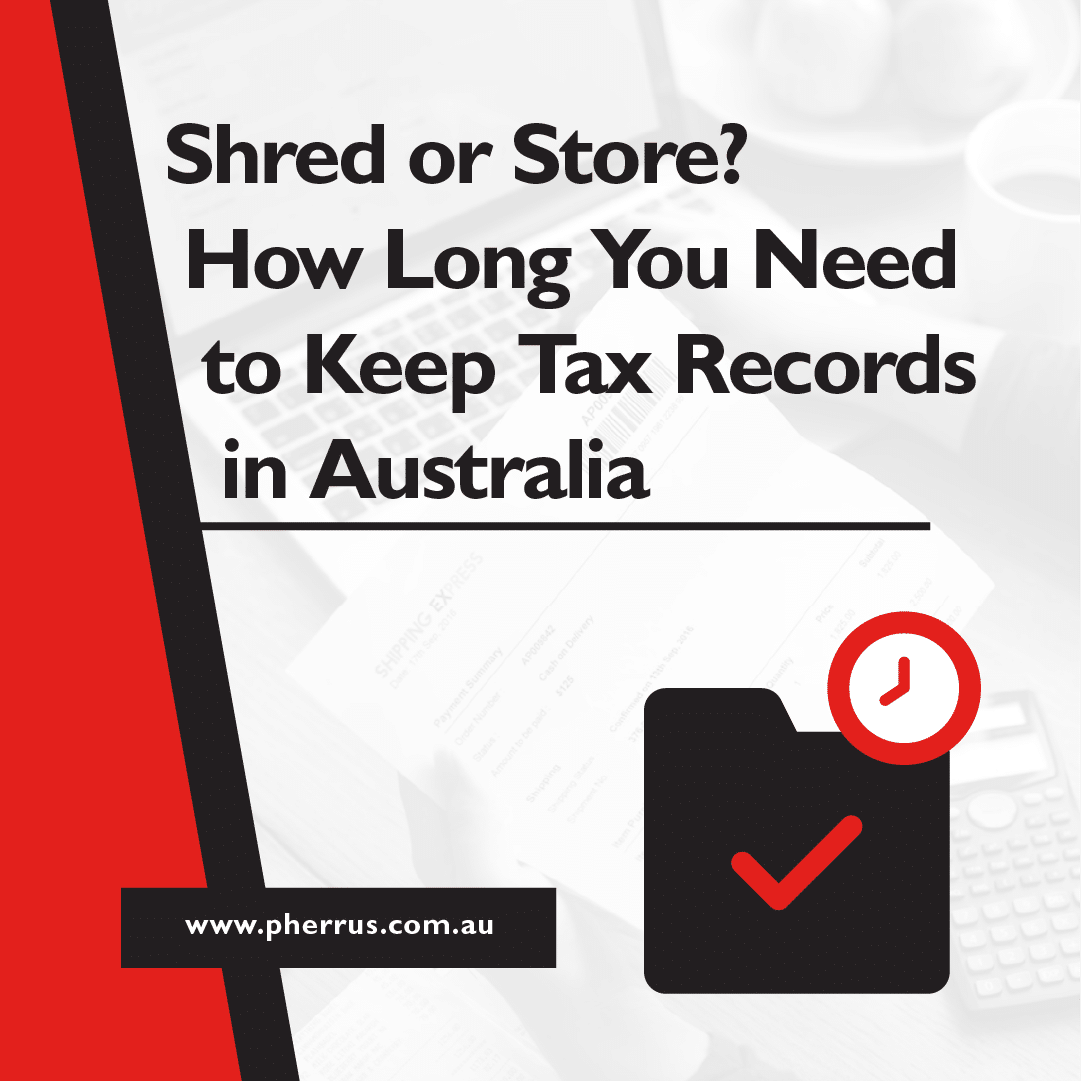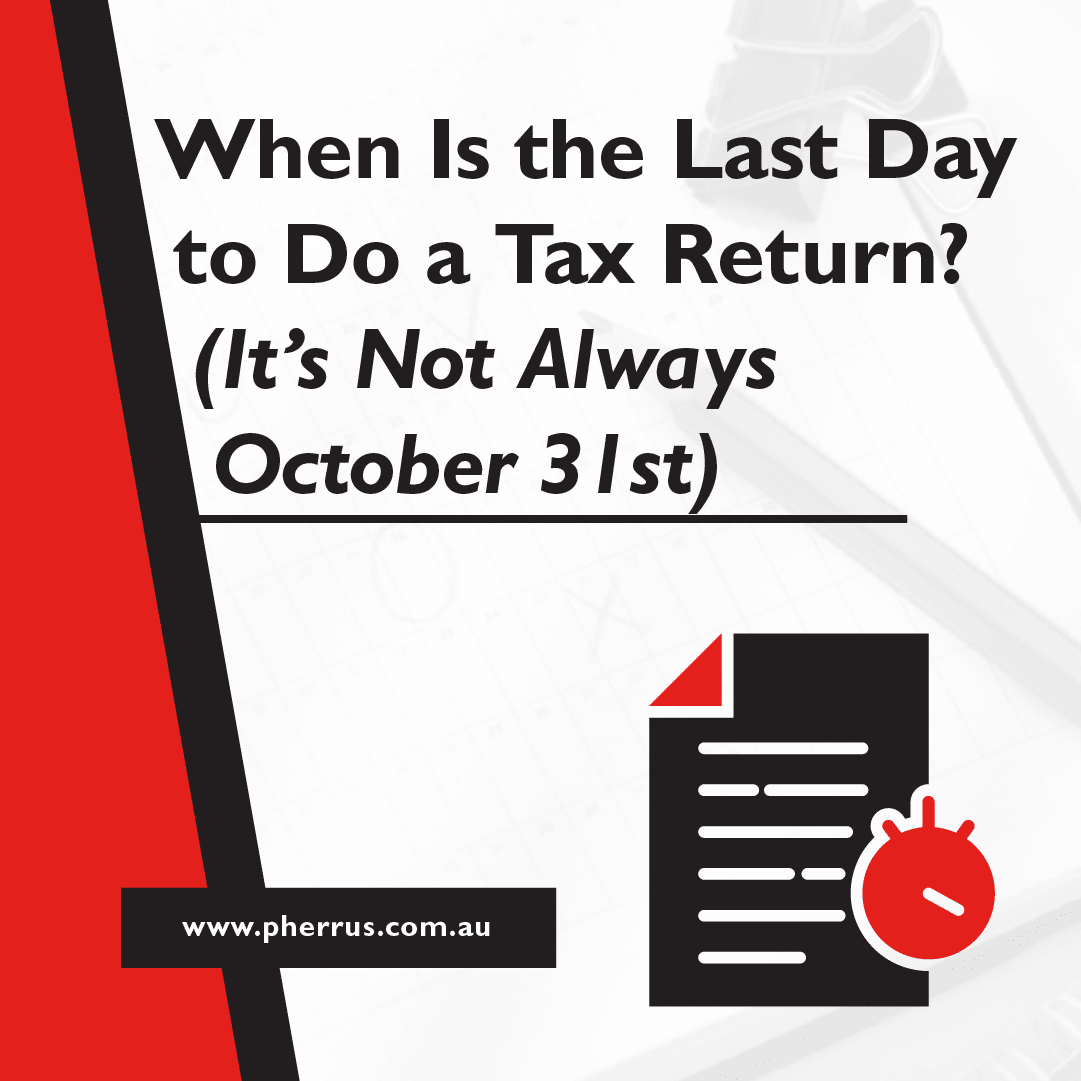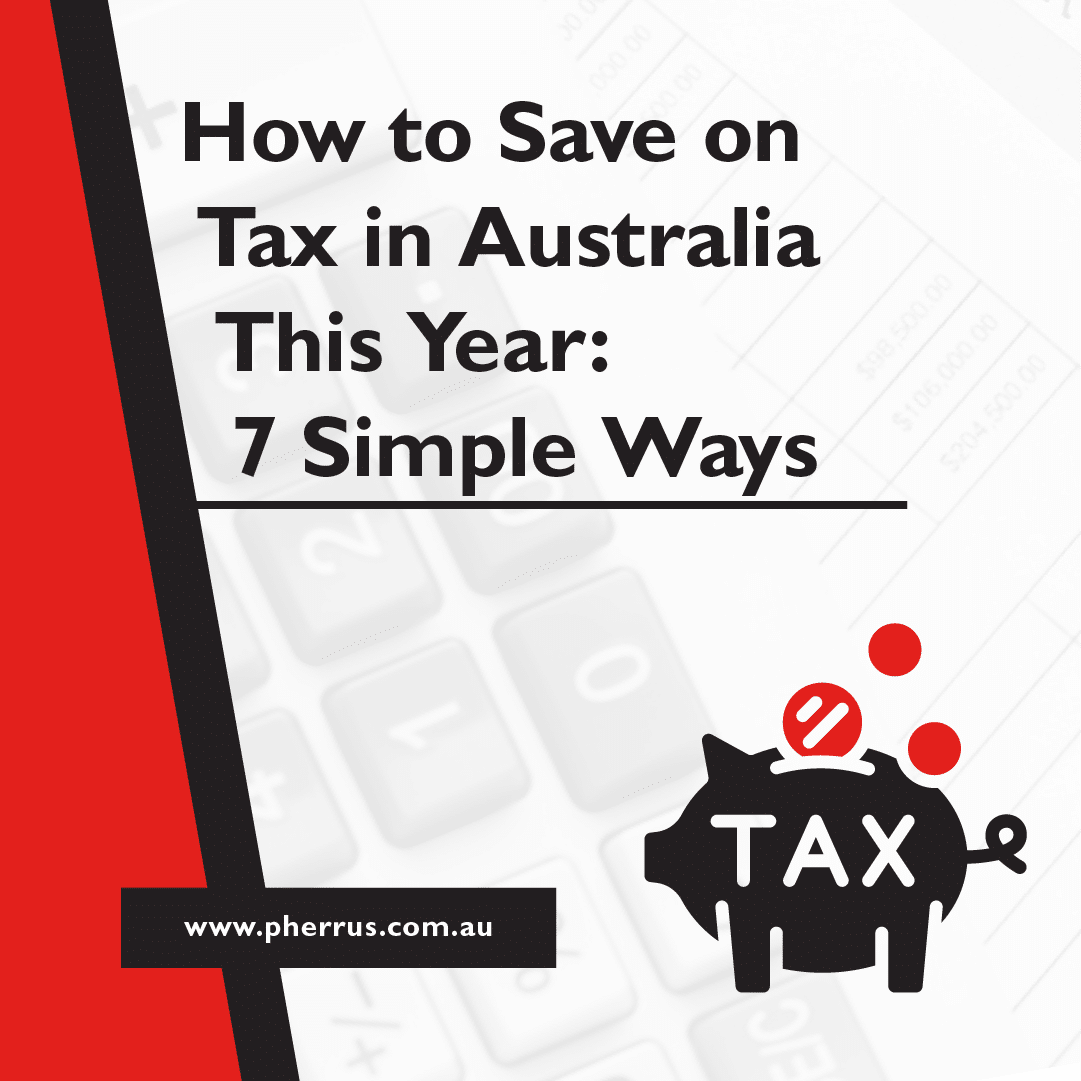STP Phase 2 has been in place for a while now, but are you fully across what it means for your business?
Many employers have transitioned, but some are still catching up or are unsure if they’re meeting all the reporting obligations.
While this phase of Single Touch Payroll (STP) will make your life easier when it comes to payroll, there are key details you need to get right.
In this STP Phase 2 Employer Guide, we’ll break down what STP Phase 2 really means for you as a business owner and what you should be doing now.
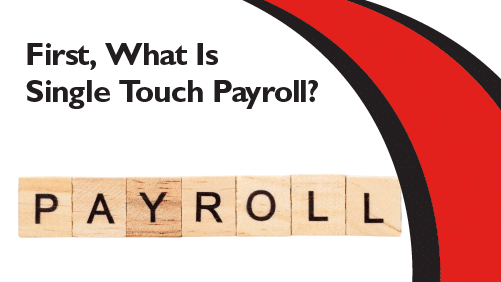
First, What Is Single Touch Payroll?
If you’re a new business owner with employees, you must know about Single Touch Payroll (STP).
It’s the Australian Taxation Office’s system for reporting payroll information—including wages, tax, and superannuation—each time you pay your employees.
If you have STP-enabled payroll software, it will automatically send this data to the ATO.
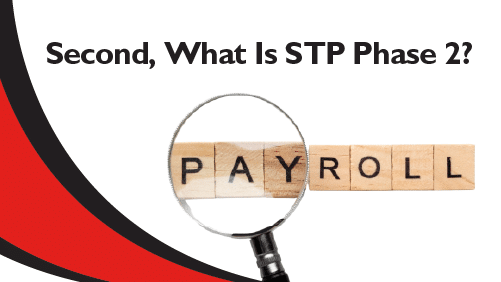
Second, What Is STP Phase 2?
STP Phase 2 came into effect on January 1, 2022, as an expansion of Single Touch Payroll.
It requires you to report additional payroll information to the ATO each time you process a pay run.
The goal of STP Phase 2 is to streamline payroll reporting for employers and the government and improve data sharing.
We’ll learn more about this later.
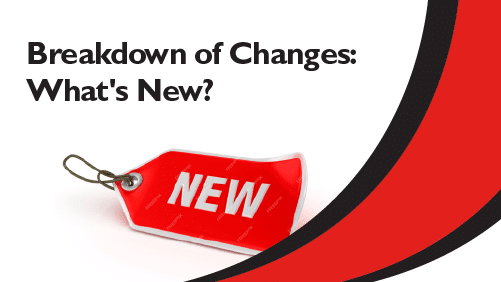
Breakdown of Changes: What’s New?
Previously, you reported your employees’ gross income as a single figure.
Under STP Phase 2, you must separate this amount into specific components.
- Gross Pay: Regular salary or wages.
- Allowances: Payments for specific purposes, like travel or tools.
- Overtime: Extra hours worked beyond regular schedules.
- Bonuses and Commissions: Additional payments based on performance or sales.
Other new reporting requirements include
- Income Types: Classifying payments under specific categories, such as salary, wages, or working holiday maker income.
- Tax Treatment Codes: Indicating how payments should be taxed based on factors like tax-free thresholds or study and training support loans.
- Employment Details: Reporting employment basis (full-time, part-time, casual), start and end dates, and reasons for termination.
Transitioning to STP Phase 2: What Employers Need To Do
Please don’t stress; transitioning to STP Phase 2 is easier than you think!
Most payroll software providers have updated their systems to meet STP Phase 2 requirements.
However, it’s worth verifying.
You should also review your payroll data.
Employee details, income types, and tax treatments must be correctly classified to avoid reporting errors.
If you’re unsure about what else you need to do, seek help from your payroll software provider, payroll officer, bookkeeper, or accountant.

Benefits of STP Phase 2
For you as an employer:
- Saves Time: STP Phase 2 eliminates the need for separate tax file number declarations, employee separation certificates, and lump sum payment reporting forms, streamlining your reporting obligations. Fewer follow-up requests from employees and government agencies regarding employee government entitlements mean further reduced administrative tasks.
- Less Chance of Payroll Errors: By reporting detailed payroll information each pay cycle, the data provided to government agencies is more current and precise, minimising errors and compliance issues.
- Happier Employees: With fewer payroll discrepancies and faster processing of government entitlements, employees experience less frustration and more confidence in their pay, benefits, and you as their employer.
For your employees:
- Quicker Access to Benefits: With more detailed payroll information reported, government agencies like Services Australia can process your employees’ entitlements (support payments, child support assessments, and family tax benefits) quicker. They’ll also receive these benefits without needing to provide additional paperwork themselves.
- Simplified Tax Time: The ATO uses the payroll data from STP to pre-fill your employees’ income tax returns, simplifying tax time for them and reducing the risk of errors.
- Clearer Tax and Super Info: Employees can view their up-to-date tax and superannuation information through their myGov accounts, giving them greater clarity and control over their financial affairs.
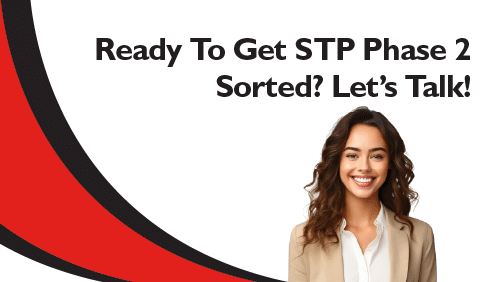
Ready To Get STP Phase 2 Sorted? Let’s Talk!
We hope this STP Phase 2 employer guide has helped you better understand your payroll obligations.
Feeling a tad overwhelmed? We don’t blame you!
Running a business is not for the faint-hearted.
It’s a constant juggling act of decisions, deadlines, and keeping everything running smoothly.
Add to that your responsibilities as an employer—paying your employees correctly and complying with payroll tax—and it’s a lot to manage.
Thankfully, help is available! The taxation and business accounting professionals at Pherrus can expertly handle your payroll and general bookkeeping to keep your employees and the ATO happy.
Contact us today by filling out our online form or calling (02) 9099 9109 to book an appointment at our Bella Vista office in Sydney.


